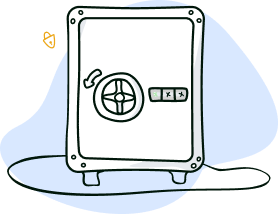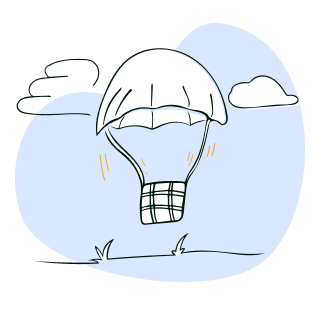Shenshuping Panda Center
You can donate to this animals for a wonderful lunch.
Pandas will receive a mixture of bamboo shoots, carrots and apples. Animals will receive your gift in about 5-15 minutes Feed the pandaOther cams

112 viewers
Watch
11 viewers
Watch
25 viewers
Watch
65 viewers
Watch
25 viewers
Watch
65 viewers
Watch -->
-->




